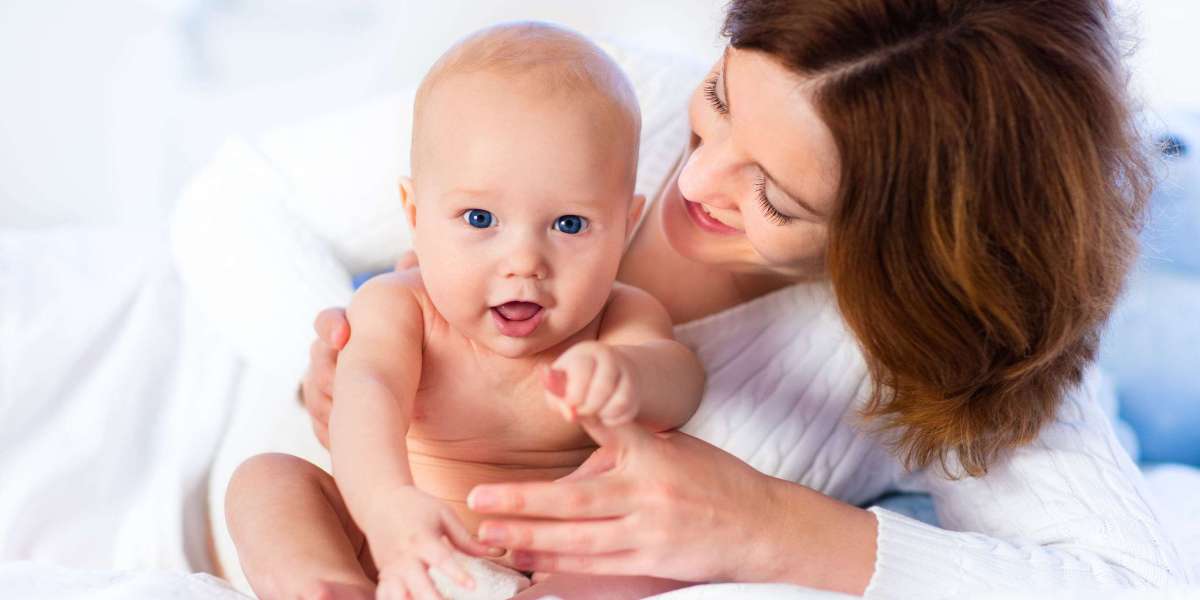Welcoming a baby into your home is a joyous occasion, but it also requires careful planning to create a safe and nurturing environment. From newborn sitting arrangements to general baby care, every aspect of your home should be tailored to your child's needs. Ensuring safety and comfort not only fosters healthy development but also gives parents peace of mind.
Preparing Your Home Before Your Baby Arrives
Decluttering and Organizing
Before your baby arrives, it's essential to declutter and organize your home. A clean and well-arranged space reduces hazards and creates a more serene environment for both you and your baby.
- Store small objects out of reach to prevent choking hazards.
- Organize baby essentials like diapers, wipes, and clothes in accessible areas.
- Ensure that all baby items, such as cribs and strollers, are assembled correctly.
Choosing Safe Furniture and Equipment
Selecting safe and comfortable furniture is a critical part of baby care. Cribs, changing tables, and high chairs should meet safety standards.
- Opt for cribs with firm mattresses and properly fitted sheets.
- Secure furniture to the walls to prevent tipping accidents.
- Use soft but firm padding on sharp corners and edges.
Ensuring a Safe Sleeping Environment
The Importance of Safe Sleeping Practices
Creating a safe sleeping environment is essential to prevent Sudden Infant Death Syndrome (SIDS) and other sleep-related risks.
- Always place your baby on their back to sleep.
- Avoid soft bedding, pillows, and stuffed toys in the crib.
- Use a firm mattress with a fitted sheet.
- Maintain a comfortable room temperature to prevent overheating.
Choosing the Right Sleeping Space
Your baby's sleeping area should be free from potential hazards and distractions.
- Keep the crib away from windows, cords, and heaters.
- Ensure that baby monitors do not have loose wires that could pose a strangulation risk.
- Consider using a bassinet or crib in the parents’ room for the first few months.
Baby-Proofing Your Home
Making Every Room Baby-Safe
As your baby grows and starts moving around, it’s important to baby-proof every room in your home.
- Use safety gates to block staircases and off-limit areas.
- Cover electrical outlets with safety plugs.
- Install cabinet locks to prevent access to hazardous substances.
- Keep houseplants and pet food out of reach.
Ensuring Kitchen and Bathroom Safety
The kitchen and bathroom are two of the most dangerous areas for babies.
- Store cleaning products, medications, and sharp objects in locked cabinets.
- Keep hot drinks and food away from the edges of tables and counters.
- Never leave your baby unattended in the bathtub, even for a moment.
- Set the water heater to a safe temperature (below 120°F) to prevent burns.
Promoting Comfort for Your Baby
Maintaining the Right Room Temperature
A comfortable room temperature helps your baby sleep better and reduces the risk of overheating.
- Keep the temperature between 68-72°F.
- Dress your baby in appropriate layers based on the season.
- Use a humidifier to maintain air moisture and prevent dry skin.
Creating a Calming Atmosphere
A soothing environment can help keep your baby relaxed and happy.
- Use soft lighting and gentle colors in the nursery.
- Play white noise or soft lullabies to promote better sleep.
- Keep the room quiet and minimize distractions during nap time.
Ensuring Hygiene and Cleanliness
Keeping Your Baby’s Items Clean
Hygiene plays a crucial role in baby care. Regular cleaning of baby items prevents infections and illnesses.
- Wash baby bottles and pacifiers regularly.
- Clean toys with baby-safe disinfectants.
- Launder baby clothes and bedding with mild detergents.
Practicing Good Hand Hygiene
Everyone who interacts with your baby should maintain good hand hygiene to prevent the spread of germs.
- Wash hands before handling the baby, especially after coming from outside.
- Encourage visitors to sanitize their hands before holding the baby.
- Keep hand sanitizers in accessible areas, but out of reach of children.
Feeding Your Baby Safely
Choosing the Right Feeding Method
Whether you choose breastfeeding or formula feeding, ensuring cleanliness and safety is vital.
- If breastfeeding, ensure proper latching techniques for your baby’s comfort.
- If using formula, follow the correct preparation guidelines.
- Always test the milk’s temperature before feeding.
Safe Solid Food Introduction
As your baby grows, introducing solid foods should be done with care.
- Start with soft, mashed foods to prevent choking.
- Avoid honey, whole nuts, and hard candies.
- Always supervise your baby during meal times.
Encouraging Safe Playtime
Selecting Safe Toys
Playtime is crucial for your baby's development, but toys should be chosen wisely.
- Avoid small toys that can be swallowed.
- Check for sharp edges or loose parts.
- Use non-toxic, baby-friendly materials.
Supervising Your Baby
Even with safe toys, supervision is necessary to prevent accidents.
- Always stay close when your baby is playing.
- Keep play areas clean and free from hazards.
- Rotate toys to keep your baby engaged and stimulated.
Providing Proper Newborn Sitting and Support
Safe Holding and Carrying Techniques
Proper newborn sitting and carrying techniques ensure your baby's safety and comfort.
- Always support your baby’s head and neck.
- Use ergonomic baby carriers or slings.
- Avoid placing your baby in unsupported sitting positions too early.
Choosing the Right Baby Gear
Baby gear like car seats and strollers should be selected with safety in mind.
- Choose a car seat that meets safety regulations and install it correctly.
- Use strollers with sturdy frames and secure harnesses.
- Ensure baby chairs and swings are stable and used on level surfaces.
Handling Common Baby Care Challenges
Managing Baby’s Crying and Discomfort
Crying is a natural way for babies to communicate, but it can sometimes be challenging to handle.
- Check for hunger, wet diapers, or discomfort.
- Swaddle your baby for warmth and security.
- Offer gentle rocking or a pacifier for soothing.
Addressing Sleep Regression
Sleep patterns change as babies grow, leading to occasional sleep regressions.
- Maintain a consistent bedtime routine.
- Offer comfort and reassurance during nighttime awakenings.
- Avoid overstimulation before bedtime.
Final Thoughts: A Safe and Comfortable Home for Your Baby
Creating a secure and cozy environment for your baby is a continuous process that requires attention to detail and proactive planning. From newborn sitting techniques to general baby care strategies, taking the right steps ensures your baby's well-being and makes parenting a more enjoyable experience. By implementing safety measures, maintaining hygiene, and fostering comfort, you can provide a loving and nurturing home for your little one.



